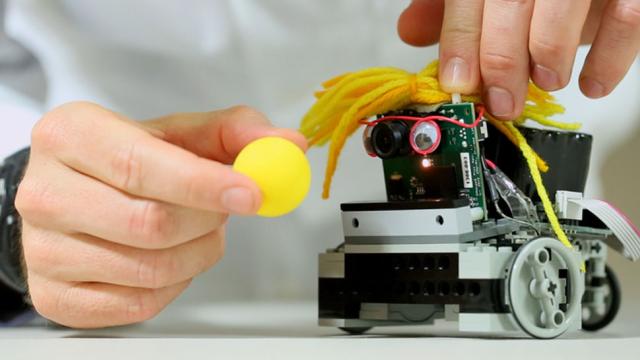We expect our devices to know what’s going on. Automatic doors, smartphones, temperature control systems and beyond all perform actions when they detect certain conditions. And it seems like it would just be convenient to put cameras on everything so devices could have eyes on all different situations. It would also be creepy, but we’ll leave that aside for now.
But the problem with this plan is that the amount of information coming from a camera can be computationally draining, especially for devices that are meant to be cheap or only have a single function, and therefore don’t come with a lot of computing power. So Charmed Labs and Carnegie Mellon University teamed up to create a cheap and efficient vision sensor, and Pixy was born.
With 12 days left, Pixy is more than $US125,000 past its original $US25,000 Kickstarter goal and its promise has to do with its focus on colours. You can easily program Pixy to detect specific hues by holding objects in front of it, and every time it “sees” an object of this colour move past it can follow it and/or capture specific data. Using colour as a shorthand allows Pixy to output a more reasonable quantity of data for processing (it can track up to seven colours at once). It’s also totally open source and customisable so users can modify its algorithms or write new ones for their exact needs.
Pixy is also expandable in the sense that it can be taught to recognise pairs or sequences of colours as representing specific instructions or meanings. For example a Pixy could be programmed stop moving anytime it sees a red and blue swatch next to each other at the edge of a table. And Pixy can follow hundreds of objects in real time, plotting their location by processing a new image 50 times a second.
The device can output to UART serial, SPI, I2C, digital out or analogue out, a PC/Mac app called PixyMon shows what the sensor is seeing when plugged in, and of course Pixy can be hooked to a microcontroller like an Arduino for use in other projects. In the early days of the Kickstarter you could get a Pixy for $US40, but now there aren’t many options left. If they put their money where their colour-sensor is though, it seems like we’ll be inundated with Pixys soon. [KickStarter via PetaPixel]
